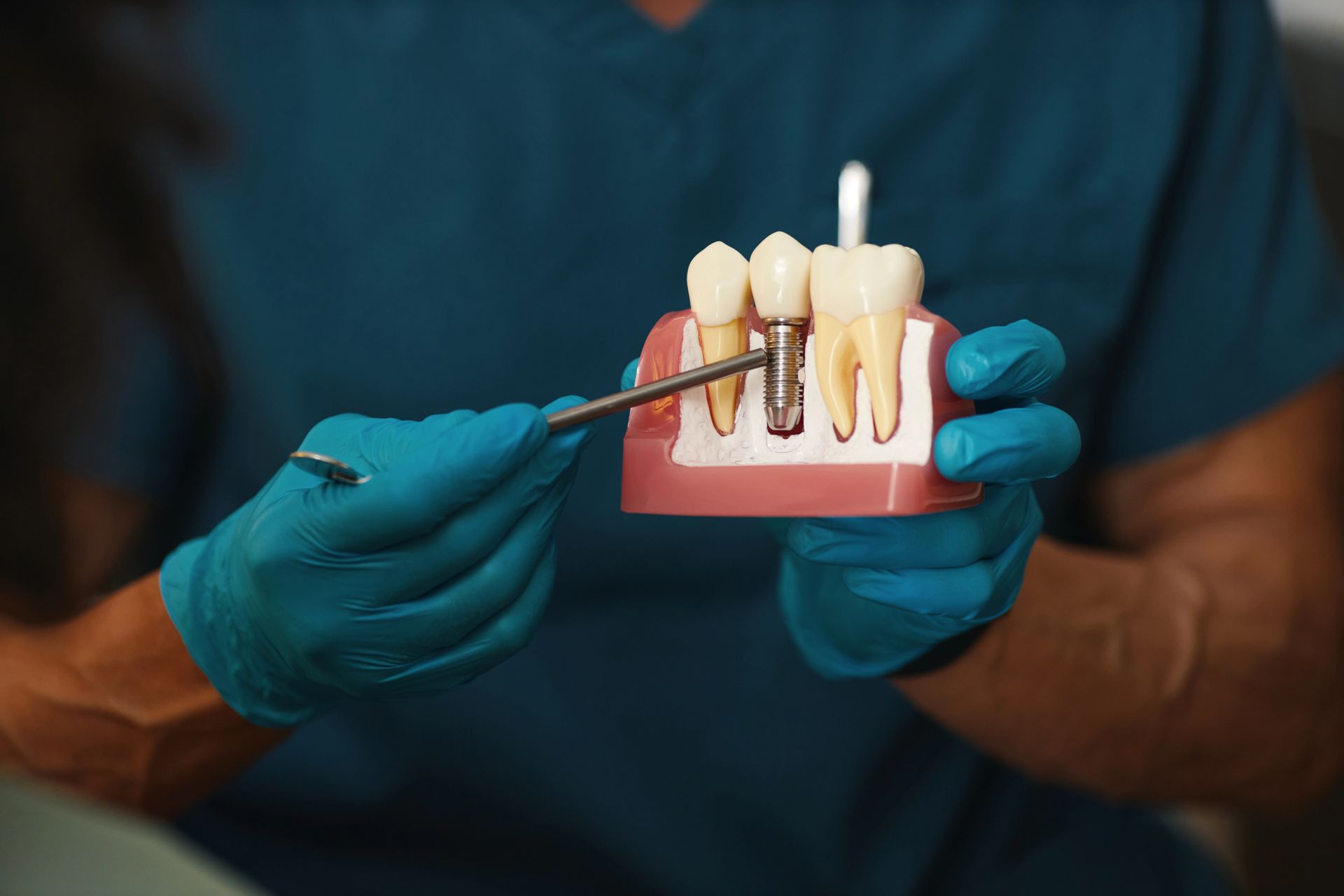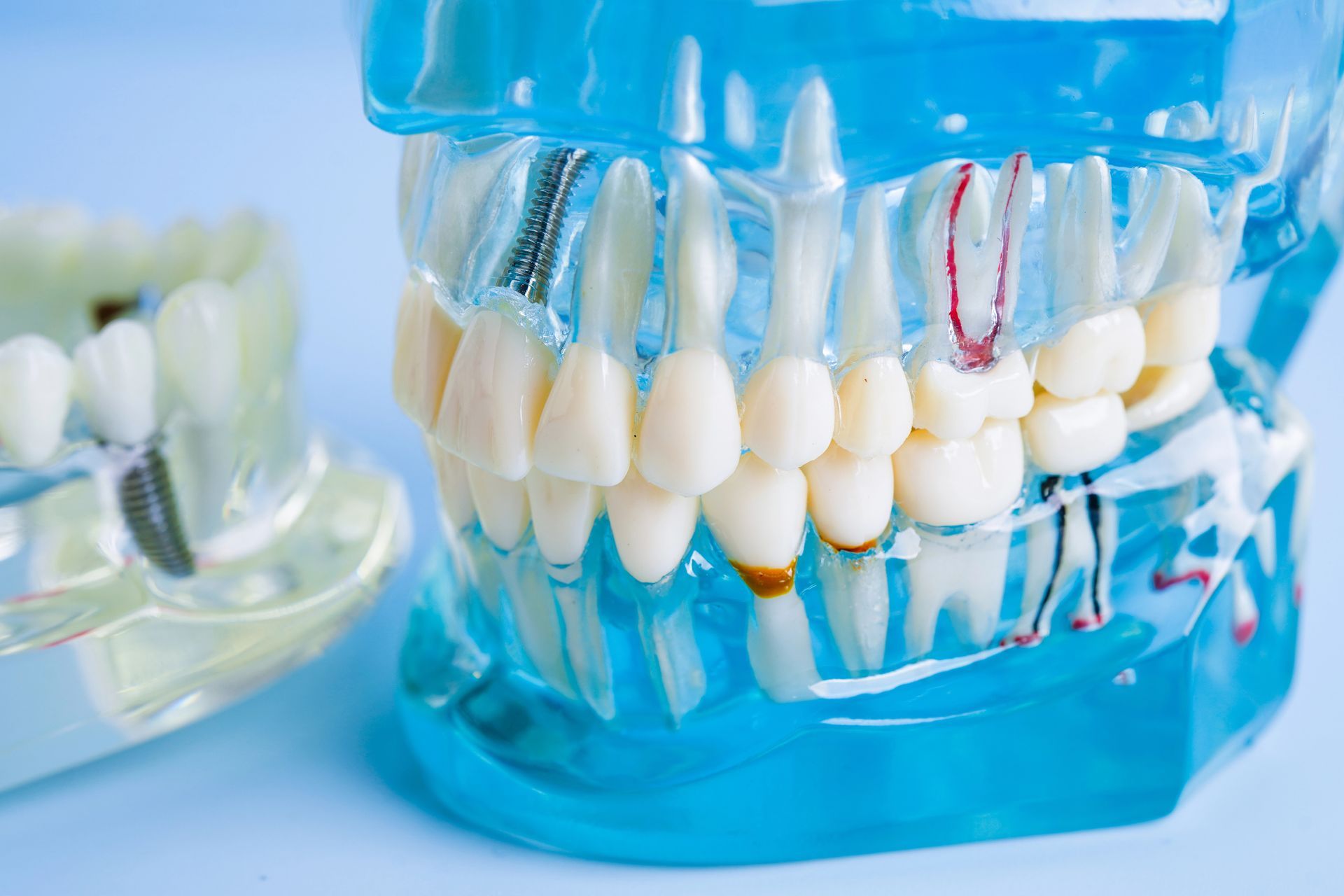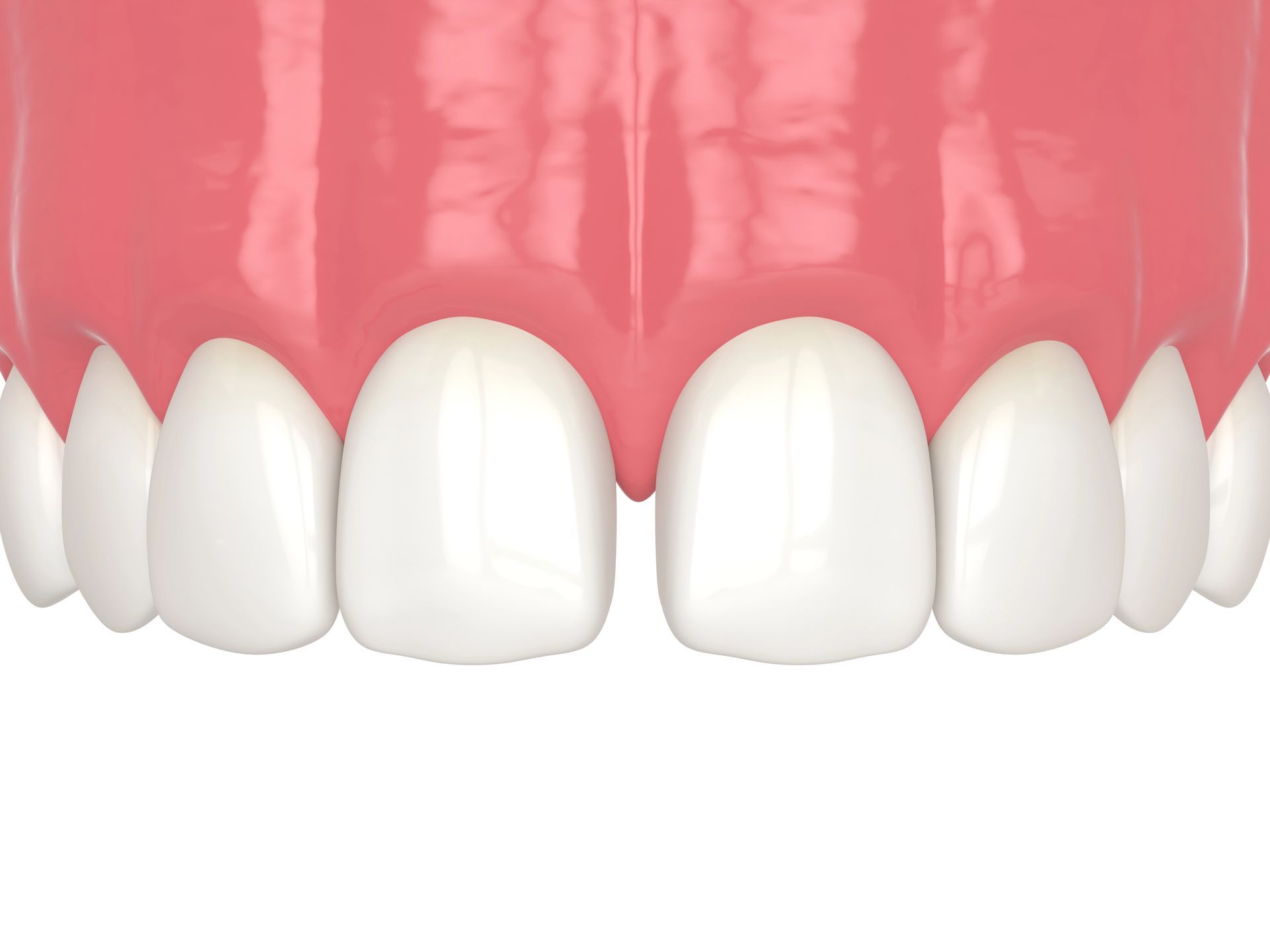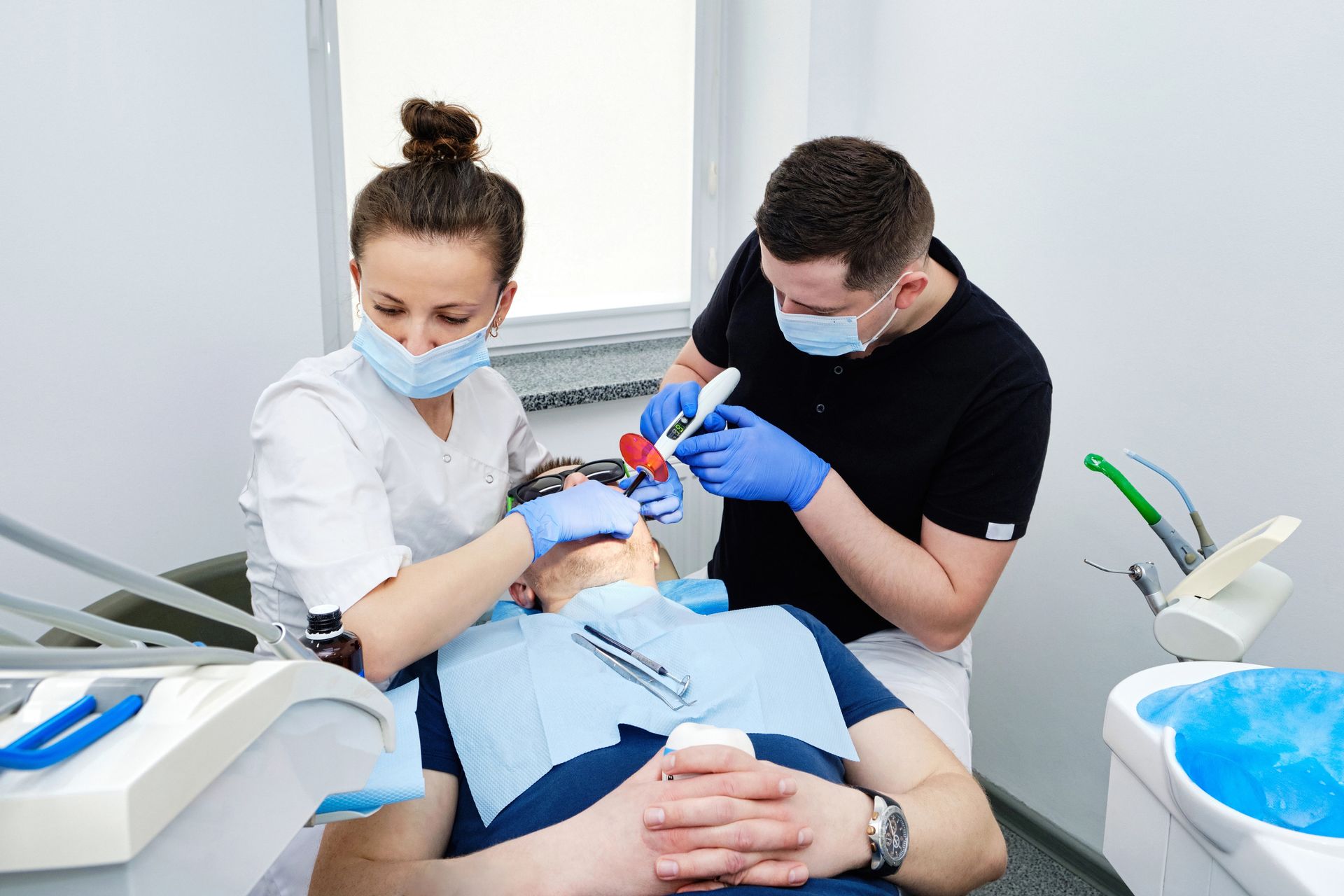Have you ever wondered what a porcelain onlay is and how it can benefit your dental health? At Design Dentistry Columbia, we specialize in restoring smiles with this durable and aesthetically pleasing solution that not only strengthens damaged teeth but also seamlessly blends with your natural tooth color for a flawless finish.
Defining Porcelain Onlays
Porcelain onlays are a type of dental restoration that offers a conservative alternative to full crowns. They are custom-made to fit perfectly onto the biting surface and up the sides of a tooth that has been damaged by decay or injury. Unlike fillings, which are molded into place during your dental visit, onlays are crafted in a dental lab before being securely bonded to the tooth. This process ensures a precise fit and restores the tooth to its natural shape and function. Porcelain onlays are aesthetically pleasing due to their tooth-like color, and they provide substantial durability for chewing forces.
For those seeking a more in-depth understanding of this dental solution, A Comprehensive Guide to Porcelain Inlays and Onlays offers valuable insights. Not only do porcelain onlays preserve more of the natural tooth structure than traditional crowns, but they also boast a high success rate and longevity. Their compatibility with the natural thermal expansion of your teeth reduces the risk of fracture, making them an excellent choice for long-term dental health.
Advantages Over Traditional Fillings
Porcelain onlays offer several benefits compared to traditional fillings, making them a preferred choice for many dental patients. Unlike amalgam or composite fillings, porcelain onlays are crafted from a high-quality ceramic material that closely matches the natural color of your teeth, ensuring a more aesthetically pleasing result. They are also more durable and provide a better fit, which can help to preserve more of the natural tooth structure. This is because onlays are custom-made to cover the damaged area precisely, reducing the need for extensive tooth preparation and thus maintaining the tooth's integrity. Another significant advantage of porcelain onlays is their biocompatibility.
They are less likely to cause allergic reactions or sensitivity, which can sometimes occur with metal fillings. Additionally, porcelain onlays are highly resistant to staining and wear, meaning they maintain their appearance over time and do not require frequent replacements. This makes them a cost-effective solution in the long run. For those seeking the best in dental restoration, Columbia's Choice for Porcelain Onlays is an excellent resource to explore the full benefits and options available.
Durability and Longevity
When considering restorative dental treatments, the durability and longevity of porcelain onlays make them an outstanding choice for patients seeking a long-term solution. Unlike traditional fillings that may require replacement after a few years, porcelain onlays are crafted from high-quality ceramic material that is known for its exceptional strength and resistance to wear. This robust construction ensures that onlays can withstand the daily pressures of biting and chewing, often lasting up to 20 years or more with proper care. By choosing a porcelain onlay, patients invest in a durable restoration that not only preserves the natural tooth structure but also maintains its functionality and aesthetic appeal for decades.
Aesthetic Appeal of Porcelain
Porcelain onlays are renowned for their exceptional aesthetic appeal, closely mimicking the natural translucency and luster of real teeth. This material can be precisely color-matched to your existing teeth, ensuring a seamless integration into your smile. Unlike metal fillings or crowns that can stand out, porcelain onlays blend in beautifully, providing a solution that is not only functional but also cosmetically superior. Their ability to resist staining and maintain their color over time makes them an ideal choice for patients seeking a durable and visually appealing dental restoration.
The Onlay Placement Procedure
Understanding the Onlay Placement Procedure is crucial for patients considering a porcelain onlay as a restorative dental solution. This meticulous process begins with the dentist removing any decay or old filling material from the affected tooth, ensuring a clean and stable foundation. Next, an impression of the tooth is taken, which is used to craft a custom-fit onlay that perfectly matches the tooth's contours. While the permanent onlay is being created in a dental lab, a temporary one may be placed to protect the tooth. Once ready, the dentist will carefully bond the porcelain onlay to the tooth, adjusting it for a seamless fit and bite alignment. This procedure not only restores the tooth's integrity and function but also offers aesthetic benefits, blending indistinguishably with natural teeth for a beautiful, long-lasting smile.
Conclusion
For expertly crafted porcelain inlays that restore your smile with precision, call Design Dentistry Columbia at 803 373 1069 or read our reviews on Google Maps.










